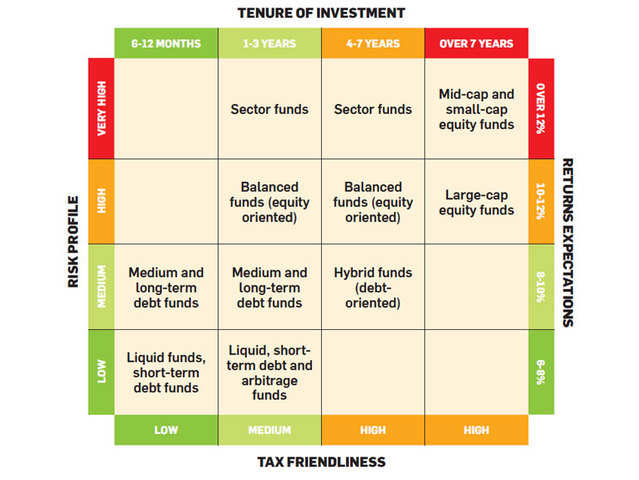Mrin Agarwal
Have you given a thought to your overall portfolio performance? Or looked at the factors that affect the portfolio return?
I so often come across people talking about individual stocks or funds, but when quizzed about their overall portfolio return they have no idea. In my sessions in 2018, the most discussed topics were:1. What is the best investment to make?
2. Mutual funds are subject to market risk and hence we don’t want to invest
3. Why choose an advisor, we can go direct to save costs
RELATED NEWS
- RBI credit policy: Economists polled differ over rate cut, but see change in stance to neutral
- Tax guide for YouTube bloggers: Here’s how to determine your income tax liabilities
- Podcast | Accidental Investopreneur: How Dhirendra Kumar built his portfolio and business
Typically, I have noticed that investors tend to track investments that probably constitute only 5-10% of their portfolio and do not give a thought to the balance investments. The issue with tracking a few stocks or a few funds is that one may not be optimizing other investments. There is no point in concentrating only on the 5% invested in stocks and have 95% invested in traditional investments that do not even beat inflation.
Investors need to go beyond individual stock/fund returns and start focusing on the following metrics to get an idea on the real performance of your overall wealth.
Risk Allocation
How much is invested in different instruments like stocks, bonds, mutual funds, gold, insurance polices, etc. Are you skewed towards one asset class? Generally, most investors tend to have 80-90% in traditional investments like fixed deposits and endowment policies. Calculating your risk allocation will help you know how much of your investments are in risky instruments and if you need to rebalance your portfolio to get better returns. Maybe you can take more risk and are not doing so, simply because you don’t know your risk allocation at an overall portfolio level.
Costs
Have you given a thought to your portfolio costs? There is so much attention given to mutual fund expense ratios and I find everybody trying to go direct, but what about costs which you pay on your insurance policies or on buying gold. Investors try to save 1% on mutual fund investments which may be 10% of their portfolio but do not consider saving the 30% expense which they bear on buying an endowment plan or gold jewellary. You need to calculate the weighted average cost of the portfolio and if you are above 1.5%, you certainly need to reassess your high cost investments as these are eating into your returns.
Returns
There is no point feeling happy about that one investment, where you have a small allocation, which is doing well, when the rest of the investments are growing slowly. Assume a return on 6% p.a. on traditional investments and 10% p.a. on equities, with a 90% allocation to fixed deposits and 10% allocation to equities, the weighted average returns works out to 6.4% p.a. Is this the return you expect from your portfolio? Further post tax, does the portfolio beat inflation? If not, you need to urgently re-adjust your portfolio.
Computing the overall portfolio return, costs and risk allocation is a good start to determine changes to be made to your portfolio to make your money work better for you.
For more updates: Like us on Facebook and follow us on Twitter & Instagram





































